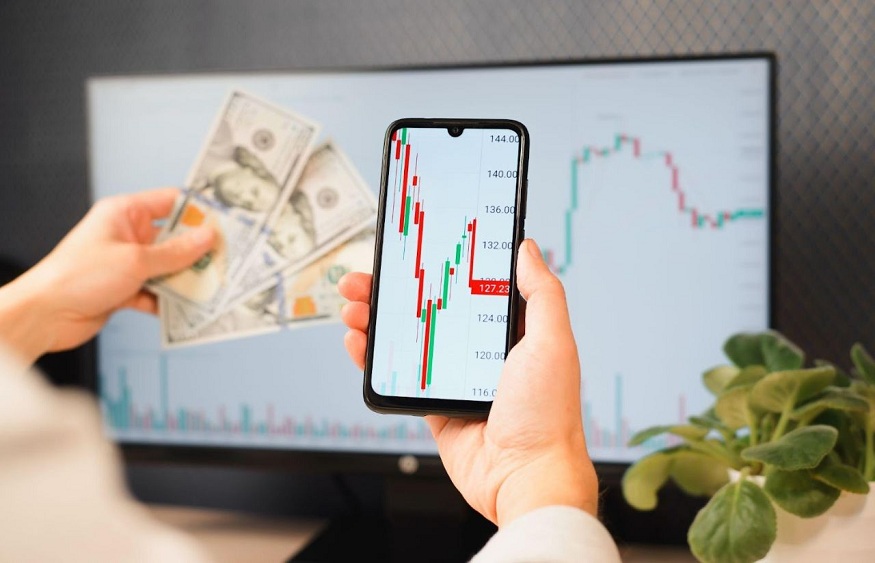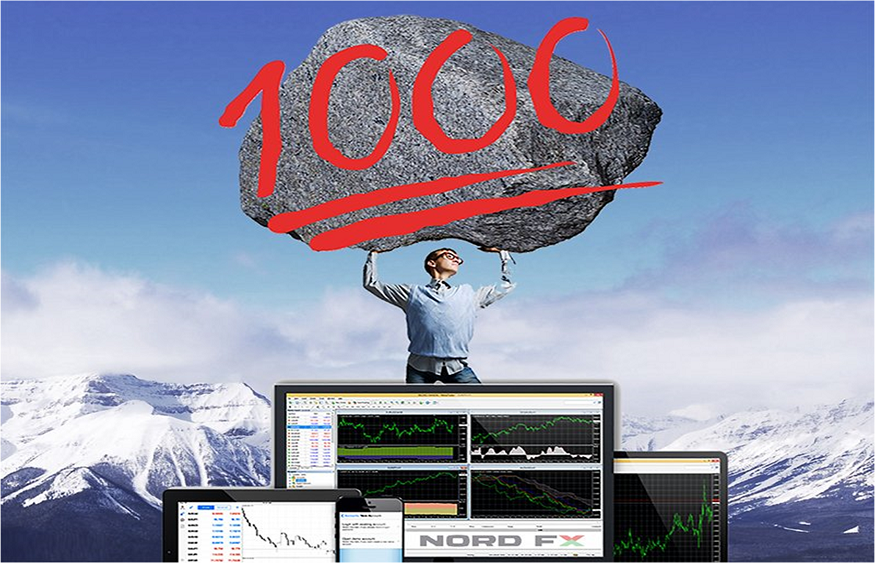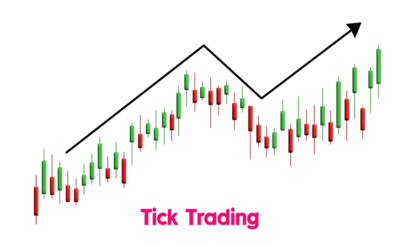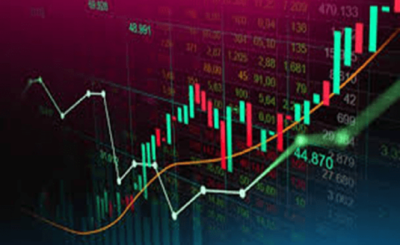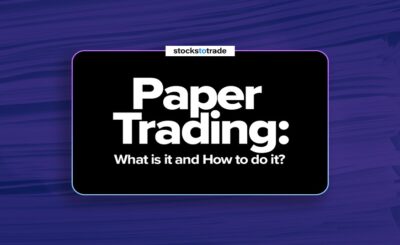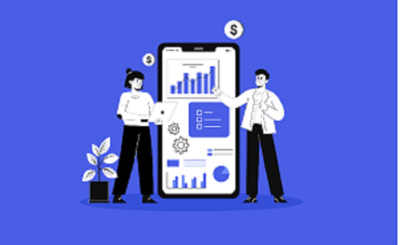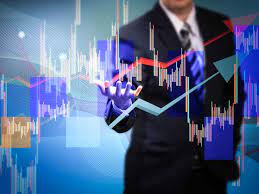Understanding Margin and Leverage in Forex Trading
In the intricate world of Forex trading, the concepts of margin and leverage play a pivotal role, influencing the dynamics of every trade. As you embark on your journey into the foreign exchange market, it’s crucial to grasp these fundamental concepts to make informed and strategic decisions. In this article, we delve into the intricacies of margin and leverage, shedding light on their significance in the realm of Forex.
Demystifying Leverage in Forex
What is Leverage?
Leverage in Forex amplifies your trading power, allowing you to control a larger position size with a relatively smaller amount of capital. It acts as a double-edged sword, magnifying both profits and losses. Commonly expressed as a ratio (e.g., 50:1, 100:1), leverage enables traders to open positions that exceed their account balance.
The Power of Leverage:
Amplifying Profits: A small price movement can result in significant profits when using leverage. For instance, with 50:1 leverage, a 2% market movement translates to a 100% return on investment.
Capital Efficiency: Traders can maximize their capital efficiency by controlling larger positions with a smaller amount of money, unlocking more opportunities in the market.
Understanding Margin in Forex:
What is Margin?
Margin is the collateral required by brokers to cover potential losses in leveraged trades. It serves as a security deposit, ensuring that traders can meet their financial obligations even if the market moves against them.
The Role of Margin:
Risk Management: Margin acts as a risk management tool, preventing traders from taking positions that exceed their account balance.
Facilitating Leverage: To open leveraged positions, traders must allocate a portion of their capital as margin. This ensures they have the financial capacity to cover potential losses.
Choosing the Right Leverage Level
Assessing Risk Tolerance:
Conservative Approach: Traders with a lower risk tolerance may opt for lower leverage (e.g., 10:1) to mitigate potential losses.
Aggressive Approach: Those comfortable with higher risk may choose higher leverage ratios (e.g., 100:1) to amplify their trading power.
Risk vs. Reward:
Balancing Act: Finding the right balance between risk and reward is crucial. While higher leverage offers increased profit potential, it also elevates the risk of significant losses.
Conclusion:
In the dynamic world of Forex trading, leverage is a potent tool that can propel your profits or magnify your losses. Understanding the symbiotic relationship between margin and leverage is paramount for navigating the markets with confidence. As you embark on your trading journey, leverage wisely, manage your risk diligently, and let the synergy of margin and leverage work in your favor.

